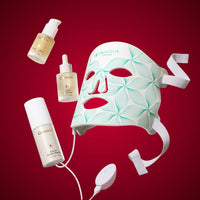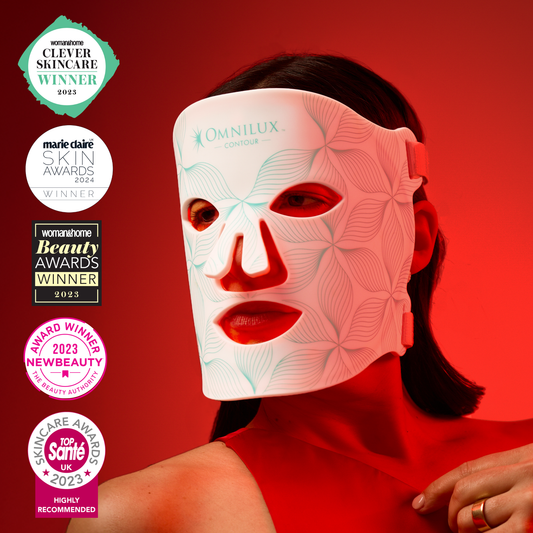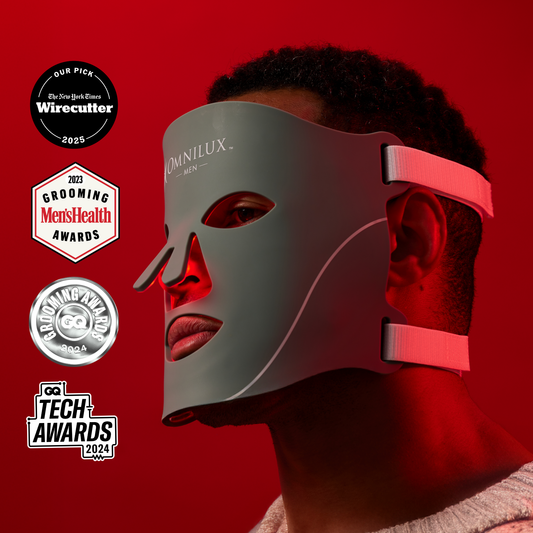
Safety Pt. 2: Debunking The Dangers Of LED Light Therapy
Around the world, consumers, dermatologists, and medical professionals alike have been discussing the safety and efficacy of at-home LED light therapy. As with any medical or technological advancement, many questions can arise… like, "is it really legit?” and “is this safe to use outside of a clinic?”. We're here to discuss the ins and outs of light therapy, including the science behind it and why it is one of the safest skincare treatments that actually works (and bonus: no derm appointments necessary), and demystify any common perceived dangers associated with it.
First and foremost, what are LEDs and why are they good for treating the skin?
We'll dedicate an entire blog post specifically to this topic this because A, it's too important not to talk about it, and B, because we’re passionate about the subject and can go on and on…, but to put it simply:
LED stands for Light Emitting Diodes. These are the little light bulbs you see when looking at the back of a light therapy device, and depending on the wavelength, they emit light into certain layers of your skin. This light is absorbed by cell components to trigger a cascade of biochemical reactions, which results in healthier, clearer skin naturally.
The process is similar to how a plant absorbs light for growth – you know, like that science lecture you didn’t pay attention to.
Is LED light therapy dangerous?
No, LED light therapy is not dangerous. And definitely no, LED light therapy does NOT emit UV rays. As Part 1 of this Safety blog series described, not all at-home LED devices are created equal, so it's important to do your research before taking the plunge into the LED world. You'll want to make sure you're choosing a device that has supporting clinical data behind it, has passed international testing standards and has been cleared by the FDA.
It's no secret that we're all about science here at Omnilux, and we've got the peer-reviewed papers to prove it (over 40 to be exact). While we'll spare you most of the nerdy details, our extensive clinical support coupled with countless positive customer and medical expert reviews has shown that the safety and efficacy of Omnilux Contour and CLEAR can be unequivocally trusted.
If you want to get nerdy with us, send us an email and we'll happily share our clinical data with you!
Does LED light therapy cause cancer?
No. LED light therapy does not generate heat, emit radiation, or contain ultraviolet rays (UV). It does not pose the risks that UV sunlight does, like damage to the skin, wrinkles and certain cancers. Although they can physically appear similar, LED light therapy devices are not the same as tanning beds.
Will LED light therapy increase pigmentation or exacerbate melasma?
At the correct wavelengths (633nm and 830nm, respectively) red and near-infrared light has been shown to decrease pigmentation, not increase it. It's possible that some existing pigmentation could appear darker as the surrounding skin lightens, but the pigmentation itself should not darken.
As melasma is a hormonal condition, it can often be difficult to treat. However, there have been some reports of melasma improvement using red and near-infrared light. As LED light therapy does not generate heat, it should not make existing melasma worse. Our devices have not been specifically tested for melasma reduction, but a handful of our users have reported improvement in their melasma after using their Contour devices.
Now knowing the safety and science behind LED light therapy, you can confidently use Omnilux from the comfort of your own home to look and feel your absolute best from the inside out.







